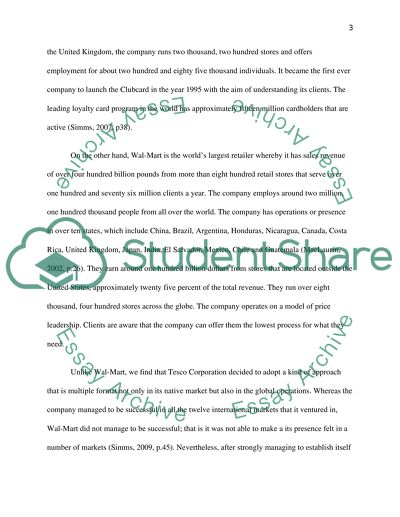Cite this document
(“Financial Analysis (Tesco and Wall-Mart) Coursework”, n.d.)
Retrieved from https://studentshare.org/finance-accounting/1397401-financial-analysis
Retrieved from https://studentshare.org/finance-accounting/1397401-financial-analysis
(Financial Analysis (Tesco and Wall-Mart) Coursework)
https://studentshare.org/finance-accounting/1397401-financial-analysis.
https://studentshare.org/finance-accounting/1397401-financial-analysis.
“Financial Analysis (Tesco and Wall-Mart) Coursework”, n.d. https://studentshare.org/finance-accounting/1397401-financial-analysis.


